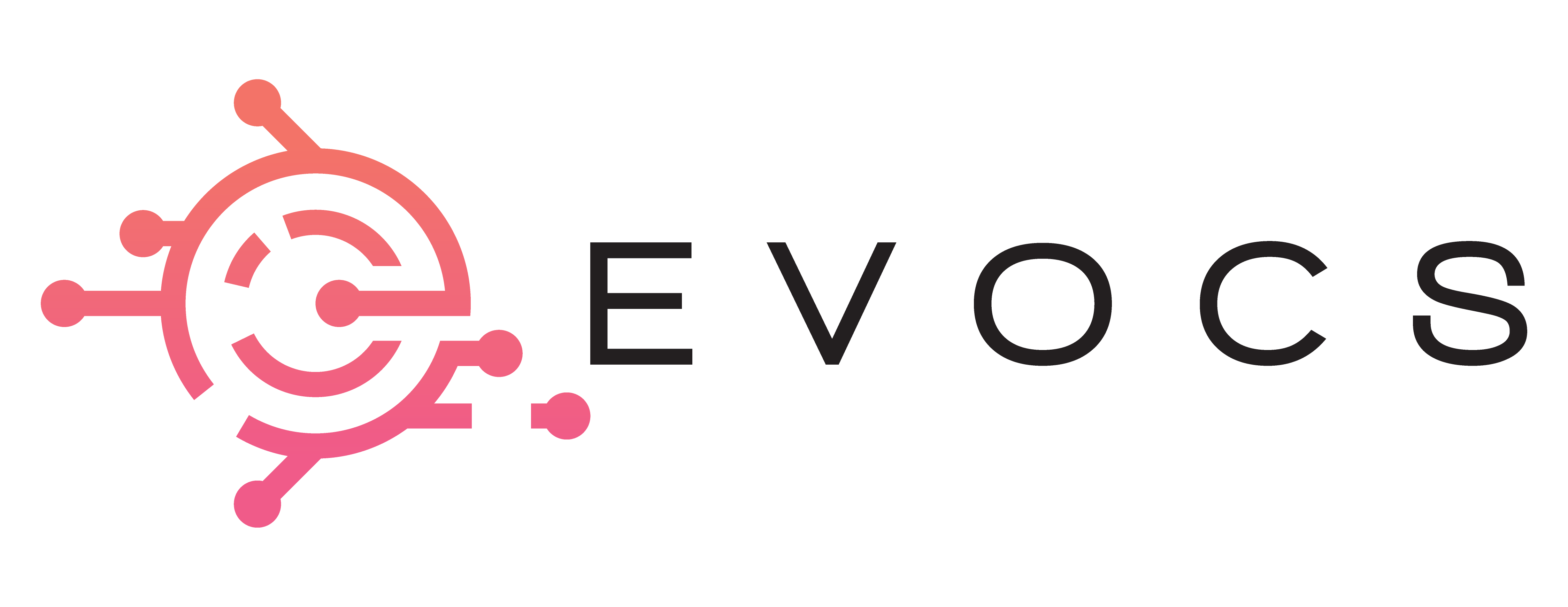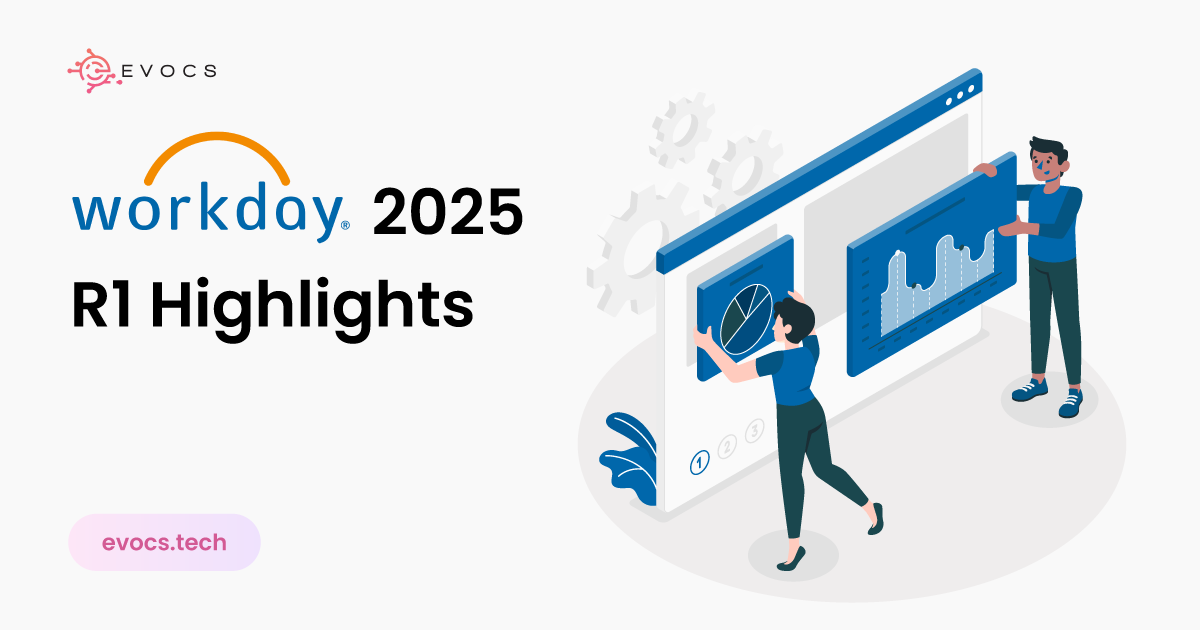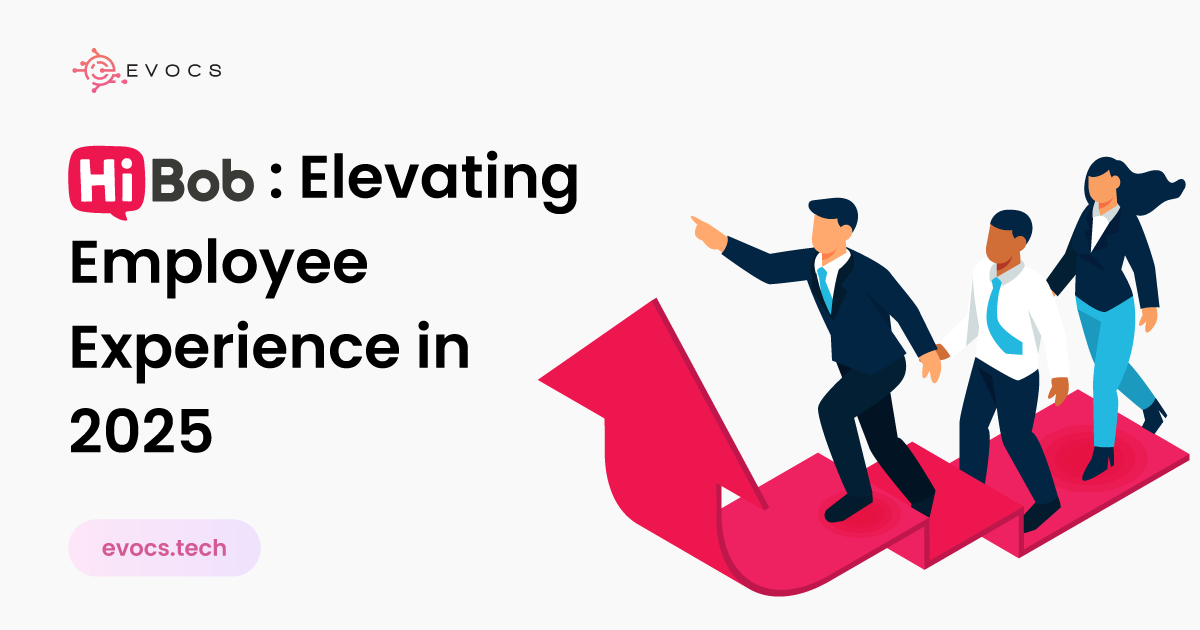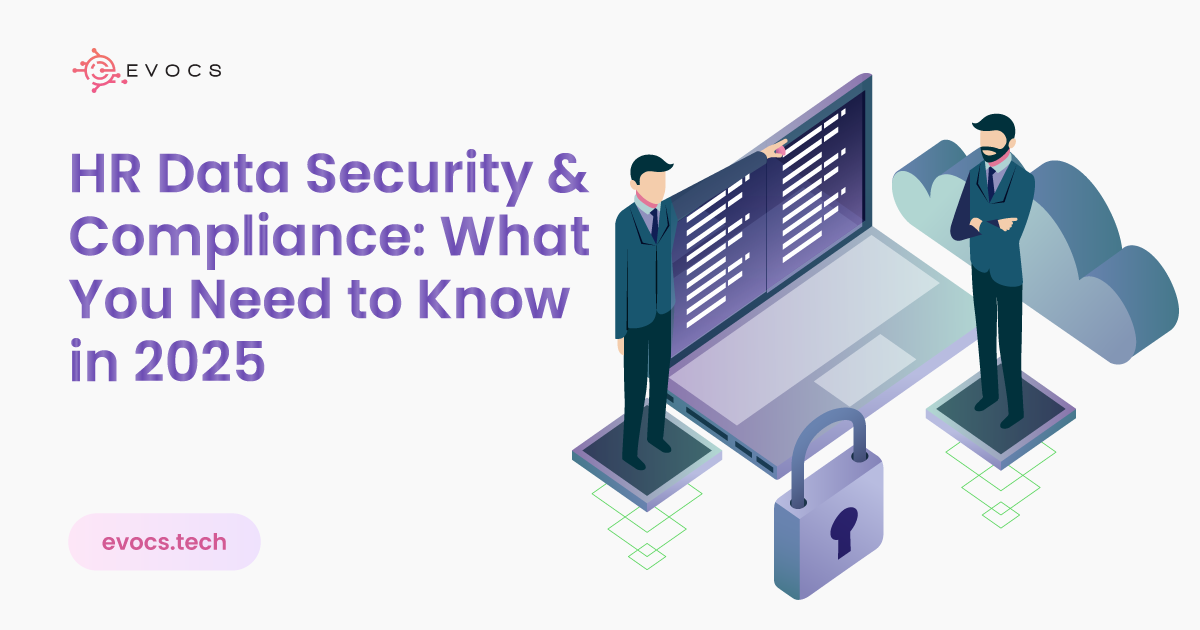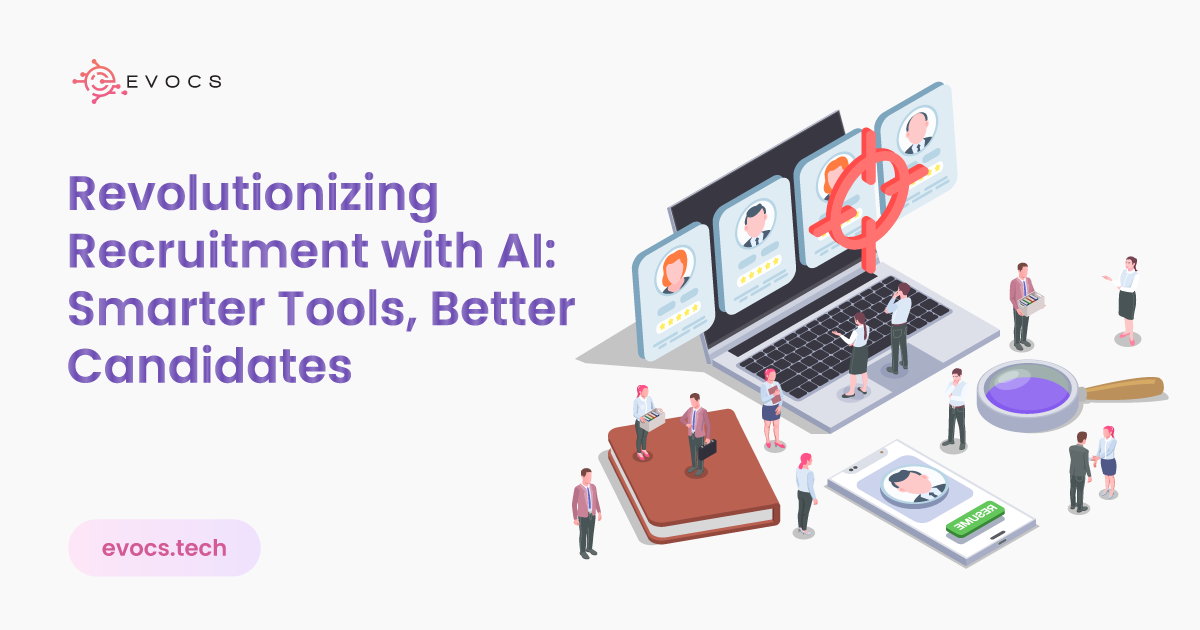Workday 2025 R1 Highlights
Financials Separate Payments for Customer Refunds in Settlement Runs Availability: Set Up Required Why this matters: Provides better finance experience for the users due to refunding in one application instead of several and there is no need for workarounds. This allows for handling of charges to different customers when making refund payments during the settlement run. Renaming and grouping the refund setting on the customer and sponsor profiles Due to different customers’ groups’ nature, employees should apply selective approaches on how to treat and respond to customer refunds. Manually Close and Reopen Requisition Lines Availability: Automatically Available Why this matters: Exactly why this matters is a flexible ability to put an end to specific requisition lines but leave the other ones open. It minimizes the opening and possible sourcing of functions that are irrelevant to its duties. This change adds two more specific functions namely Close Lines and Reopen Lines under requisition. Assign Match Status for Intercompany Journal Lines Availability: Set Up Required How this relates: It also helps in targeting by making some journal lines available or unavailable. New tasks are Mass Update Match Status and Update Match Status. That is, the handling of such control through intercompany accounts enhances procedural control over journal entries. HCM Manager Insights Hub Enhancements Availability: Automatically Available Why this matters: Takes care of the hiring and staffing needs as all the managers would be centralized so that they can closely work along with them. This also includes integrating buttons relating to important aspects of staffing such as ‘Add new job,’ ‘End job.’ Adds new feature of In-Progress Hire Events card. It allows the possibility to get the ability of View Org Chart on team view. Enhanced Offboarding Experience Availability: Automatically Available Why it matters: Helps bring resonance to a self-service resignation process by adding structure. Changes labels for the fields related to resignation. Adding the Worker Info panel during resignation. Now it is possible to look for specific tasks in the area of resignation and indicate the logos of tenants. Edit To Do Task Functionality Availability: Automatically Available Why this matters: This is good because it would enable individual modifications on the To Do items for adequate management. Allows the edit by using the standalone task/related action. The abilities include update of task status, the instructions for the task, and other related documents. Adaptive Planning Add Reports on Dashboards Availability: Automatically Available Why this matters : This allows to augment the utility of the dashboard as it incorporates matrix reports along with visuals. Can accommodate up to one million cells in the matrix reports. Combined with LD Player, it allows for line notes, filters, and downloads. Respects existing security settings. Version-Specific Overrides for Linked Accounts Availability: Automatically Available Planning flexibility becomes higher because version-level control provides better management of account links. Users can enable override by selecting from the available plan versions. The system enables data entry together with importing capabilities as well as predictive forecasting functions. The system enables custom filters that help users implement override control. Shared Scenarios Availability: Automatically Available This system enables cross-team scenario collaboration together with enhanced tracking needs. Specific collaborators and team groups can access content sharing through this system. Track submission status in real time. Automatic notifications for updates. Absence Effective Dating for Service Dates Availability: Automatically Available Why this matters: It supports valid and reliable reporting as well as increases correct eligibility determination by incorporation of effective dates. A better way is to track changes to the service date more accurately. According to the new metric, it lowers the likelihood of further influencing the downstream eligibility calculation. Useful for rehires and validations. Change Job / Assign Work Schedule Impacts Availability: Set Up Required Why this matters: Sets invalid time off after the eligibility of an employee is terminated due to a change in the job or a change in the work schedule. New services engineered as part of the planned processes. It is useful in ensuring that special requests for time off are not approved in order to effectively help staff members take necessary time off when convenient. Start and End Times on Absence Tables Availability: Set Up Required Its relevance can be explained by the fact that specifying time in detail facilitates better integration and accuracy in creating a schedule. Extend the possibility of the absences’ recognition with start and end times. Updated reports and validations for tracking. Supports hourly-based accrual plans. Benefits Purge Dependents and Beneficiaries for Active Workers Availability: Set Up Required Why this matters: Protects the privacy of the employees because one can easily delete the PII belonging to the active workforce. Can now delete this data for current (not fired) employees only. Find information about getting free samples and templates for various business reports, as well as placing a service request for professional expert’s help. Action is irreversible. Mobile Benefits UI Re Architecture Availability: Automatically Available Why this matters: Through this, it enhances the ease of accessing and also the appearance of the mobile app. Helps in supporting the screen readers and has support for Dynamic Text feature. Enables multilingual experience. Cleaner and more modern UI. Compensation Administrator Security for Compensation Availability: Automatically Available Why this matters: Protects key compensation data by the position hierarchy implemented in the organization. This filters the bonus, stock, and one-time pay for reference to the authorized security groups to prohibit wrongful utilization. Pertains to the compensation history and summary views of parts of TSA. This involves more detailed access, that is, domain-level permissions. Total Rewards Template Conversion Availability: Set Up Required Why this matters: As this document reiterates, the changes being proposed are much simpler for organisations to adopt if the new template format of Total Reward Statement is to be implemented. Converts legacy templates to 2024R1+ format. Extends the set of available options adding branding and logo, as well as an icon. This will help in the deletion of old parts that may not be of any relevance in the most recent
